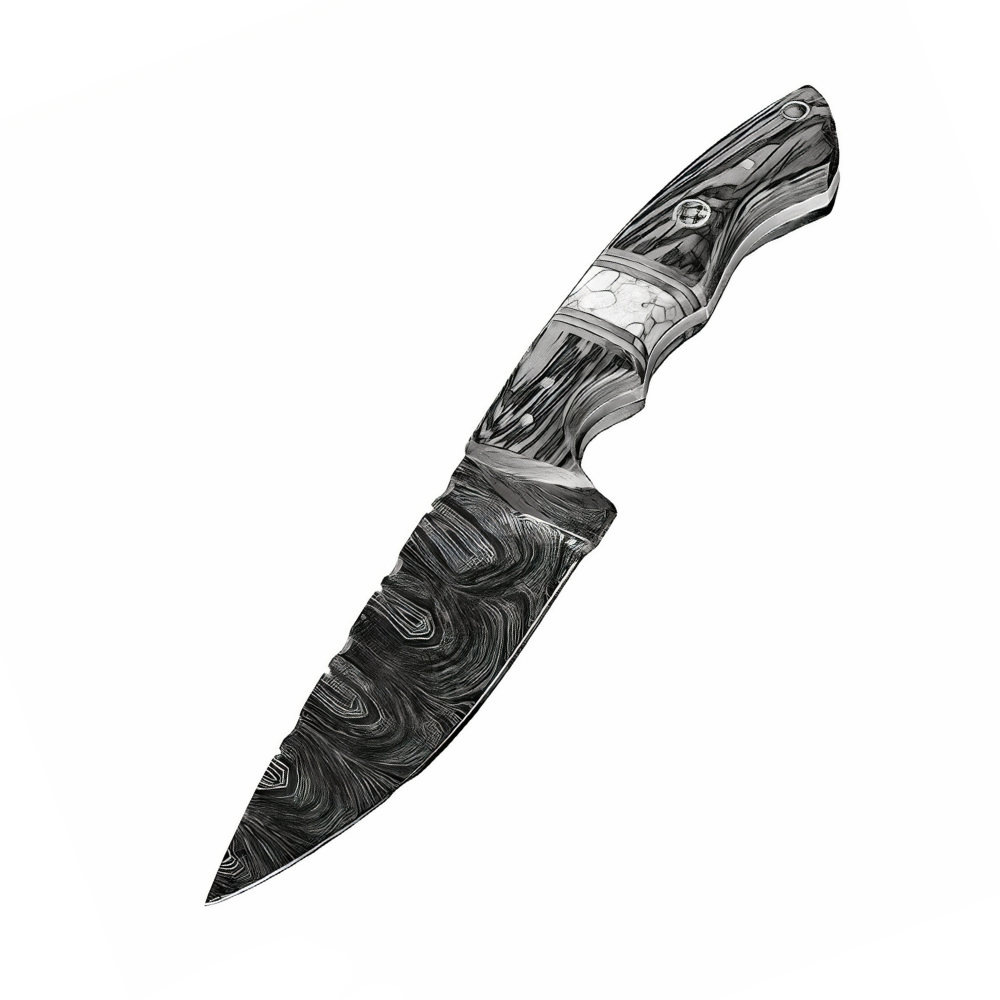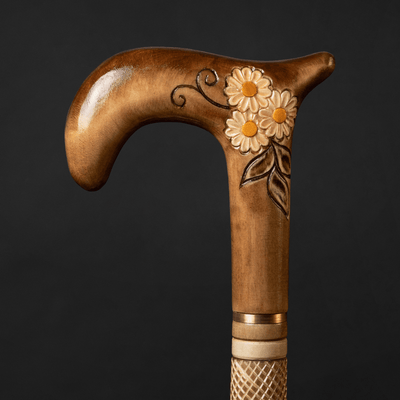You have no items in your shopping cart.
Recent Posts
-
The Art of Christmas Design: Walking Canes That Celebrate the Season in Style
-
How an Ergonomic Walking Cane Handle Prevents Hand and Wrist Strain?
-
How to Walk With a Cane Correctly to Avoid Back or Shoulder Strain?
-
5 Common Mistakes People Make When Buying a Walking Cane (and How to Avoid Them)
-
How to Choose a Walking Cane That Reflects Your Personality (Not Just Your Needs)?
-
Walking Canes That Match Formalwear for Weddings and Events
MOST POPULAR NOW
18
Sep

There are different types of walking stick handles. And you need to choose the right one to use a cane more effective. And in this blog we want to share with you about ergonomic walking cane.
Ergonomic walking cane
For anyone who needs support while walking and appreciates something simpler, smaller, and easier to transport than a walker, rollator, or crutches, a walking cane could be the perfect solution. The support a cane provides while you’re standing and walking keeps you from tiring as quickly, and the assistance with your balance will help reduce your risk of falling. A cane will decrease the load on the leg opposite the hand holding it by up to 25 percent, which is useful for people recovering from hip replacement surgery, back or lower limb surgery, and leg injuries as well as those who have arthritis, and back pain that inhibits mobility. Measuring correctly for a cane ensures it will serve the user correctly. Height adjustability and weight capacity should be part of the decision making process when you’re buying a walking cane.
For maximum safety and optimal function, it’s important to choose the correct cane for your needs. This will be determined by your functional level. Choosing the correct cane will help you maintain the best possible walking posture and provide protection from a fall injury.
The most commonly used canes, straight canes are also known as walking sticks, straight-handled canes, single-end canes, T-canes, C-canes, standard canes, and walking aids. They have a single shaft and one-point base. Most people have successful experiences with a single-tip cane, and users can choose from handle styles, grips, and base tips. The handle and grip can be chosen from a long list of options for comfort and to prevent hand slippage. Some can be folded for easy transport when not in use. Different types of tips include rubber for stability, ice-picking to walk in snow or ice, and self-standing so it will stay upright even if you lose your grip. People who need some additional stability or unloading of weight from one side of the body benefit from using a straight cane.
The handle can determine the amount of stress on your joints. Handles can be designed for comfort or they can be designed for style. Some are designed for both. Consider how you’ll use the cane, and which hand you’ll be using when you lean on the cane. The best choice for you can help prevent hand numbness and pain that using the wrong handle can cause.
People who need extra support when walking typically spend a lot of quality time with their mobility assistance device, and canes are no different. For this reason, ergonomic handles are a huge boon, as they allow the cane to function as a natural extension of the user’s arm, and minimize the discomfort that often comes with holding onto the same piece of equipment for several hours each day. Specially designed to offer added stability and support for the user’s forearm, this handle style helps to alleviate the symptoms of a number of different conditions, such as carpal tunnel and arthritis, and generally offers a more comfortable fit and an easier grip for the user’s hand.
Pros
Designed with user comfort at the forefront
Offers better leverage to the forearm for added stability
Helps to alleviate the pain some people associate with using canes
Helps promote good form and posture
Cons
Canes in this style are either right or left-handed, not both
Also Purchased
-
Beige Walking Cane for Ladies Chamomile Flower, Wooden Walking Stick
Introducing our beautiful Beige Walking Cane for Ladies with Chamomile Flower, a Wooden Walking Stick that is hand carved and handmade, making it both pretty and unique. This walking cane...$90.00$79.50 -
Exotic Burl Wood Walking Cane – Fashionable Artisan Stick
A sculptural statement in deep, oceanic blue — this walking cane is more than a support accessory, it's wearable art. Meticulously hand-shaped from stabilized burl wood, the handle evokes the...$425.00 -
ArtWalkingSticks™ MAGIC Walking Cane, Handmade - Make to Order
This piece of art is created for those who value details. We make one of a kind, handcrafted wood and resin canes. Our Wooden Canes are completely unmatched in creativity....$430.00 -
Umbrella with Eagle Handle, Fashion Umbrella For Men
Make a bold and fashionable statement with our Umbrella with Eagle Handle - a unique and functional accessory designed for men. The striking eagle handle is the highlight of this...$325.00 -
Fashionable Lion Shoehorn Long Handle, Pearly Brown Shaft, Handmade
Introducing our Fashionable Lion Shoehorn, a handcrafted, long-handled shoe horn with a pearly brown shaft that's both stylish and practical. The intricate Lion design adds a touch of elegance to...$240.00 -
ArtWalkingSticks™ MAGIC Red Walking Cane - Unisex, Handmade
This piece of art is created for those who value details. We make one of a kind, handcrafted wood and resin canes. Our Wooden Canes are completely unmatched in creativity....$425.00
































